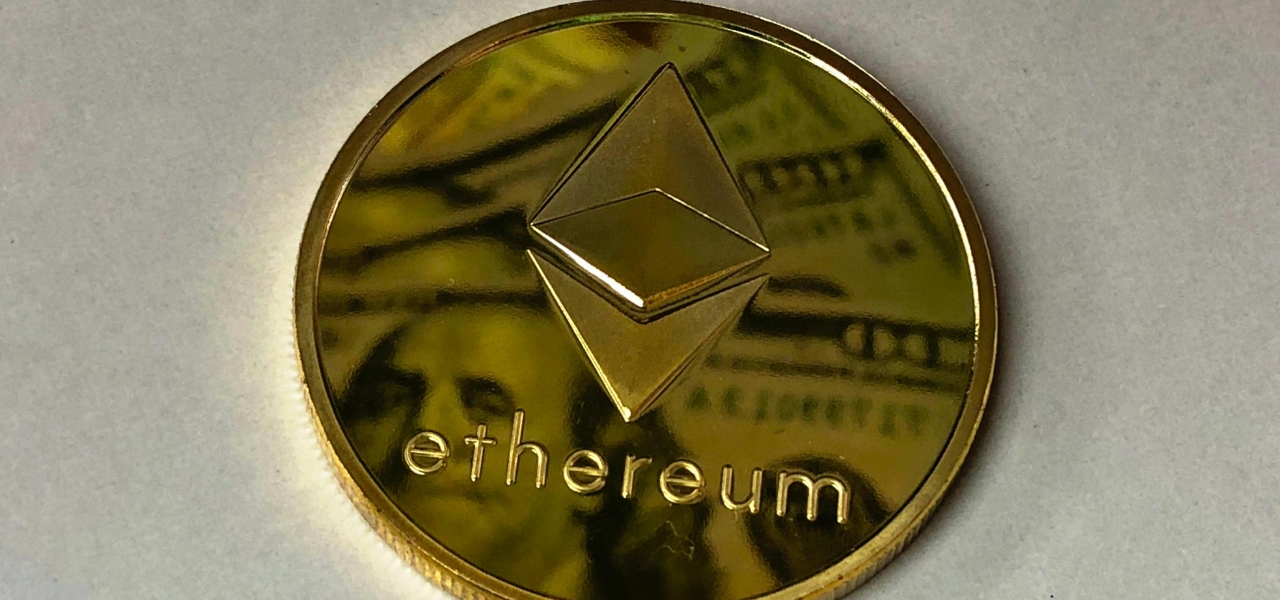In September 2022, Ethereum’s Merge marked a historic shift — transitioning from energy-hungry proof-of-work (PoW) to proof-of-stake (PoS). This cut Ethereum’s energy consumption by over 99.9%.
Yet, while mainstream headlines declared it a finish line, those inside the ecosystem understood: The Merge was just the beginning.
Fast forward to 2025, Ethereum is actively pushing forward with its next evolution — a roadmap spanning the “Surge, Scourge, Verge, Purge, and Splurge.”
These upgrades aim to make Ethereum more scalable, decentralized, censorship-resistant, and user-friendly than ever before.
Here’s where Ethereum stands today — and what’s about to reshape the network’s future.
The Surge: Kicking Off Scalability with Proto-Danksharding
The first major step in Ethereum’s scaling plan, Proto-Danksharding (EIP-4844), is scheduled for late 2025 under the “Pectra” upgrade.
- What it does: Introduces “blobs” — lightweight data packets attached to transactions — massively reducing Layer-2 costs.
- Impact: Rollups like Optimism and Arbitrum will become 100x cheaper and faster, helping Ethereum scale toward 100,000+ transactions per second in the long term.
Current Status: As of mid-2025, EIP-4844 is in final testing phases, with devnets and testnets showing promising performance.
The Scourge: Fighting Censorship and Centralization
Post-Merge, validator centralization and censorship risks (like OFAC-compliant blocks) became more visible.
The Scourge focuses on solving these risks:
- Proposer-Builder Separation (PBS): Under active research and partially tested; aims to separate block creation from block proposal to reduce centralization pressure.
- MEV-Boost and SUAVE: Rollouts of these tools continue through 2025, democratizing miner extractable value (MEV) and minimizing censorship potential.
Why It Matters: Credible neutrality — ensuring Ethereum can’t be quietly censored — is the existential battle.
The Verge: Moving Toward Light Clients and Statelessness
Ethereum’s chain size continues to balloon. Full node requirements are now a real concern.
In development:
- Verkle Trees are undergoing testnet implementations, with mainnet inclusion targeted for 2026.
- Stateless clients will soon allow anyone — even a smartphone — to verify Ethereum without running heavy hardware.
Why It Matters: True decentralization means everyday users can independently verify the blockchain, not just big data centers.
The Purge: Clearing the Blockchain’s Technical Debt
With nearly a decade of technical baggage, Ethereum needs simplification.
Efforts underway:
- Proposals around state expiry are gaining traction.
- EIP initiatives to clean up old, unused features are making nodes lighter and easier to run.
Why It Matters: Reducing node bloat strengthens decentralization — keeping Ethereum accessible to hobbyists, not just enterprises.
The Splurge: The “Fun” Upgrades
Ethereum’s vision doesn’t stop at scalability and decentralization.
Work is accelerating on:
- Account Abstraction: Smarter, programmable wallets are closer to mainnet.
- EVM Improvements: Ethereum Virtual Machine (EVM) upgrades for speed, security, and flexibility are in advanced discussion stages.
Why It Matters: Ethereum is not just fixing bottlenecks — it’s evolving into a more user-friendly and developer-flexible platform.
Where We Are Heading: A Modular, Resilient Ethereum
Ethereum is clearly transforming into a modular blockchain:
- Layer-2 rollups handle massive transaction volumes.
- Ethereum Layer-1 focuses on being a secure, decentralized settlement layer.
- Innovations like Proto-Danksharding and Verkle Trees will push Ethereum into a future where high scalability doesn’t sacrifice security or decentralization.
The dream?
An Ethereum that can serve billions globally — securely, affordably, and credibly.
Also read: The App Store Wars: Is Web-Based Software the Answer?
The Real Revolution Is Underway
The Merge made Ethereum sustainable.
The Surge, Scourge, Verge, Purge, and Splurge — happening now through 2026 — are making it unstoppable.
Ethereum isn’t just competing with legacy finance or centralized tech giants. It’s building the foundation for a decentralized internet — with the best scalability, security, and neutrality blockchain technology can offer.
Tags:
Blockchain DevelopmentsTechnology AdoptionAuthor - Jijo George
Jijo is an enthusiastic fresh voice in the blogging world, passionate about exploring and sharing insights on a variety of topics ranging from business to tech. He brings a unique perspective that blends academic knowledge with a curious and open-minded approach to life.
